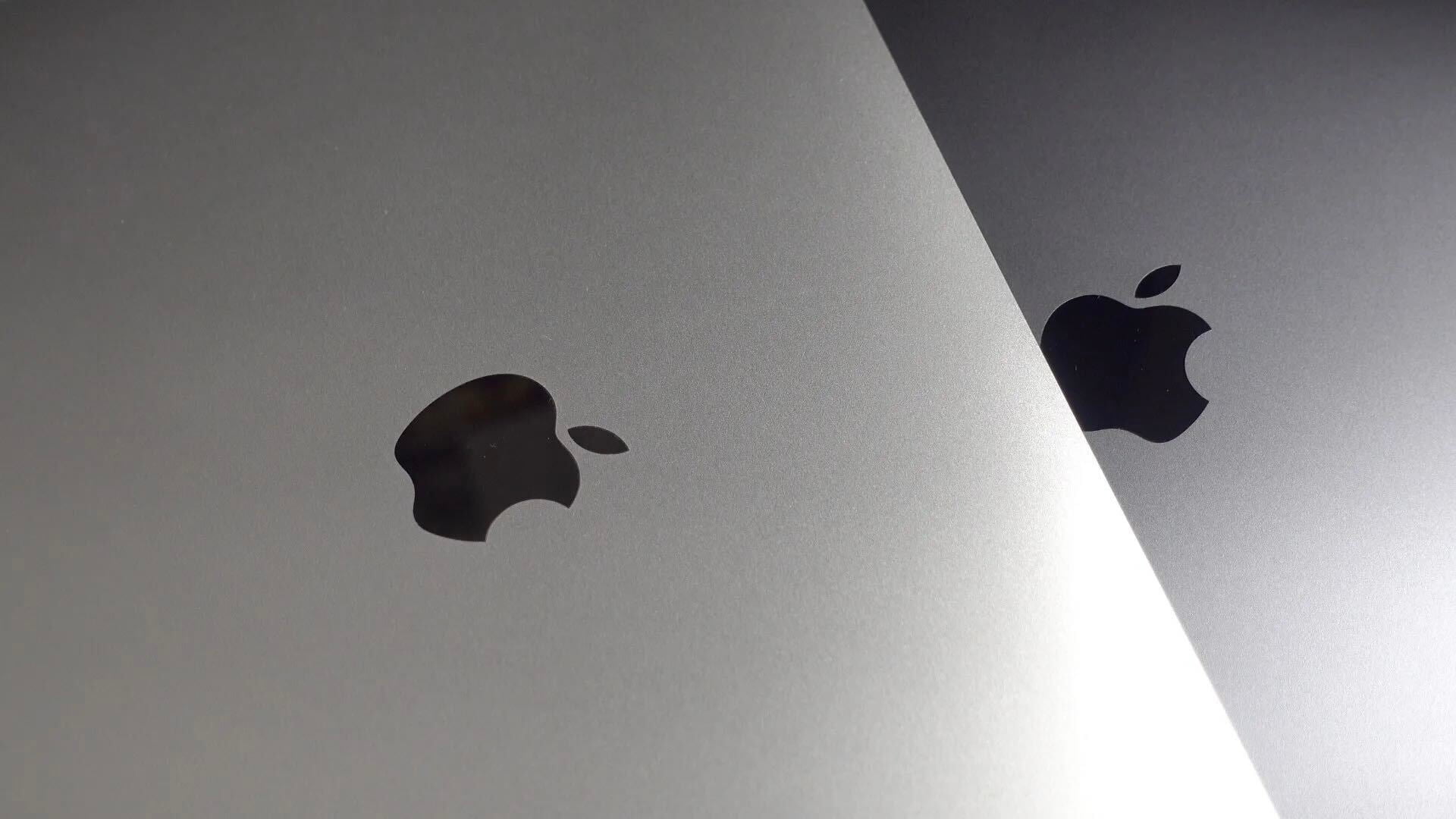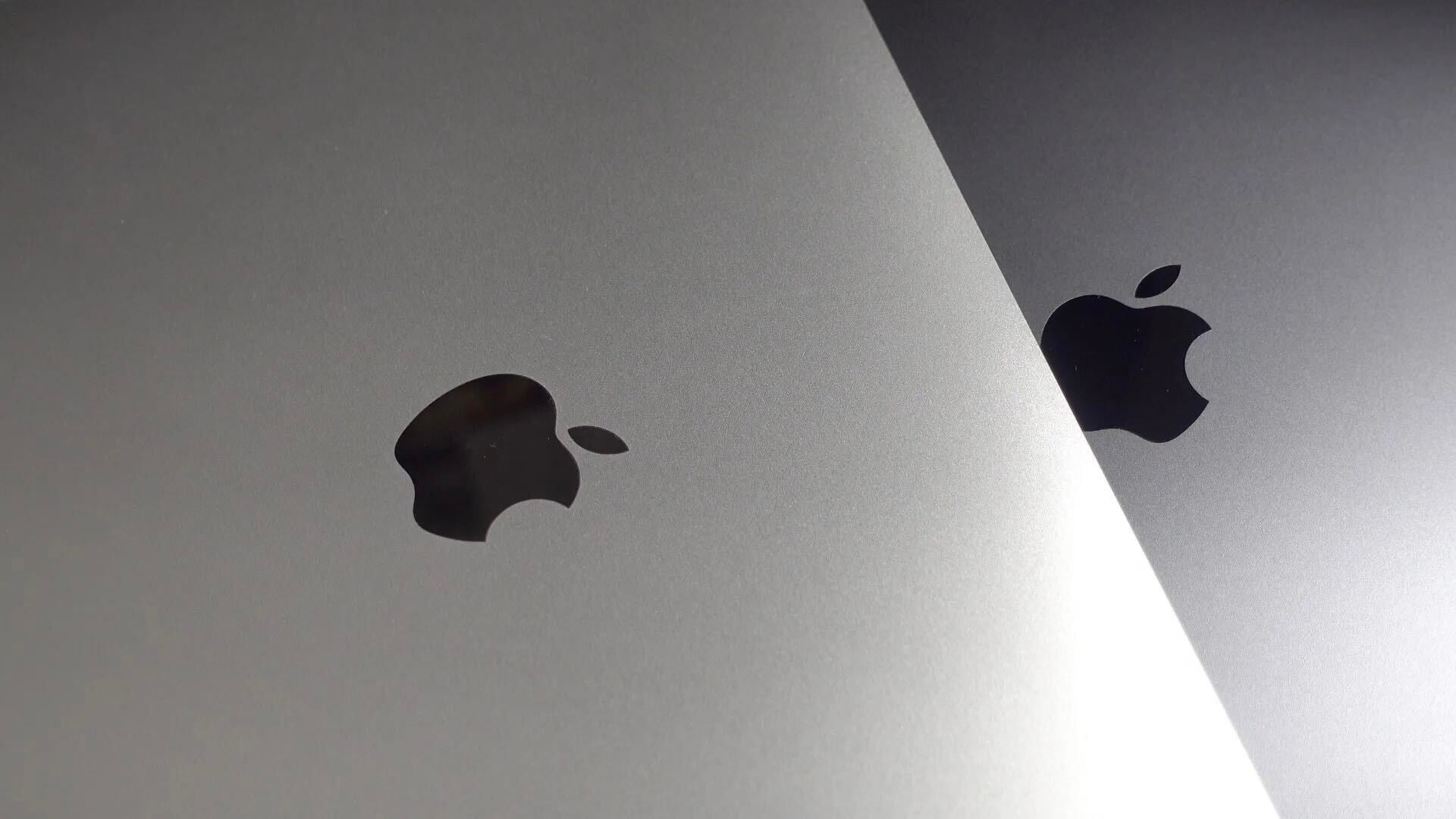
Health accessories for iPhones, iPads, and iPods have become more numerous and diverse over the years, evolving from Apple’s early Nike+ run sensors to heart rate monitors, increasingly complex Wi-Fi scales with body fat and ambient room sensors, blood pressure cuff docks… and even Bluetooth toothbrushes. Some health accessories are undeniably useful, but others raise the question “why?” — why pay more to see my weight on an iPhone rather than the scale’s built-in screen? Why track daily tooth brushing, body fat percentages, or the humidity of one’s bathroom? People survived for thousands of years without charting every seemingly minor blip on their personal radars.
My perspective changed last month when my wife was diagnosed with a serious cardiac condition. One of those “seemingly minor blips” that can now be constantly monitored is your heartbeat, and when something’s wrong with your heart, advance knowledge literally makes the difference between living or dying. As it turns out, a San Francisco-based company named AliveCor is now on its third-generation version of an iPhone accessory that helps people with cardiac conditions. The AliveCor Mobile ECG ($75) is an FDA-approved electrocardiogram (ECG) monitor that can record and share your heartbeat directly from your iPhone. Measuring roughly 3.2″ by 1.3″ by 0.2″, Mobile EGC can self-attach to your iPhone’s back, or integrate with a bundled custom iPhone 6/6s case for only $80 (there’s an iPhone 5/5s case, too). Given my family’s sudden need for quick access to ECG data, keeping it with an iPhone makes sense, as this is an accessory we’ll want to have on hand whenever it may be needed…
|
Key Details:
|
The AliveCor Mobile ECG arrives in a small, lightweight box with minimal documentation. There’s a threadbare three-step guide inside the front lid — “attach to phone case, download AliveECG app, record ECG” — which would be funny if it wasn’t a perfectly succinct statement of the very few steps that actually need to be followed; little more needs to be done. AliveCor ships the buttonless, switchless Mobile ECG pre-installed with a CR2016 coin battery and its “universal attachment plate” (a thin hard plastic mounting bracket with an adhesive strip on the back). A year of battery life is promised per CR2016 cell, but AliveCor notes that the battery could easily last longer than that given typical usage patterns; one battery is good for around 2,000 5-minute ECGs (five per day for a year), whereas most users record only 30-second or 1-minute ECGs.

AliveCor’s hardware is disarmingly simple, yet can perform as a Lead I ECG, Lead II ECG, or Anterior Precordial Lead depending on which parts of your body are touching it. There are two silver metal pads atop an otherwise black plastic surface. In its primary use as a Lead I ECG, you place three fingers from one hand on pad one, and three fingers from your other hand on pad two. For Lead II, your left knee touches the top pad and the right hand touches the bottom pad. For use as an Anterior Precordial Lead, you place the Mobile ECG on the lower left side of your chest, below the pectoral muscle, with the bottom pad closer to the center of your body.
Rather than using Bluetooth, Mobile ECG communicates with your iPhone using inaudible ultrasonic signals, requesting access to the microphone — a smart trick that reduces battery consumption by around 92% versus Bluetooth. Ultrasonic transmission provides “much higher resolution data” than Bluetooth LE would have, AliveCor says, but requires the Mobile ECG to be no more than a foot away from your iPhone, which isn’t a problem. To use the accessory, you just load the aforementioned (and free) AliveECG app, make sure you’re in “record” mode, and properly touch both pads. Again, there are no hardware switches or buttons to worry about. Due to streamlining and optimizations on both the hardware and software sides, Mobile ECG is certainly one of the easiest-to-use health accessories I’ve tested.

If there’s any brief hitch with AliveCor Mobile ECG, it’s the system AliveCor has (reasonably) put in place to handle your first ECG recording. It would be one thing if the AliveECG app merely recorded your heartbeat and presented you with a graph; assuming that you knew what your heartbeat was supposed to look like, you might or might not be able to tell whether something was amiss. But AliveCor actually includes one free human analysis of your ECG recording per account, a process that “could take up to 24 hours,” the app notes, but in my testing ranged from mere minutes to a few hours. Your first ECG is sent to an ECG technician to read, then analyzed as normal or abnormal, before the app is unlocked to enable as many recordings as you want to make over time. The app can provide basic analysis on its own, or you can pay per read for one of three types of human analysis.

When I tested Mobile ECG on myself, I received my initial report within less than 5 minutes; the technical analysis was provided by a service called CompuMed. The analysis was very basic — “normal sinus rhythm” — with an evaluation of “stable,” which could have been “needs review” or “serious” if something appeared to be wrong. My single biggest complaint is that the blue sharing icon to send the PDF format report to a doctor is barely visible on the blue-topped screen, an issue I’d expect AliveCor will address. On many subsequent tests of my own heartbeat, the app came back with automated conclusions that my heartbeat was “normal,” with no abnormalities detected in the ECG. But when I used the Mobile ECG on my young kids, most of the results came back as “unclassified.” It’s unclear at this point as to whether this was due to their ages or actual irregularities.
My wife’s initial report took longer — nearly 3 hours, still less than the 24 hour maximum — yet came back with the same conclusions: “normal sinus rhythm,” and “stable.” This wasn’t a surprise given that her particular heart condition typically presents on ECGs as a completely normal rhythm, up until the point at which her heart fails spectacularly and requires major assistance. That said, she could have palpitations, feel dizzy, or experience other symptoms ahead of a complete collapse, and with Mobile ECG around, we could instantly check her heartbeat wherever we might be, and send the results over to her cardiologist for follow-up. At a minimum, AliveCor suggests that a person with her condition could use Mobile ECG to make sure that everything’s normal when she “feels strange.” Peace of mind is part of the pitch, and by contrast with having no tool on hand (or a $200-$250 fully self-contained 1-lead ECG device), Mobile ECG strikes me as a much better solution.

Should you want to get more information on a given ECG reading, you have options. For $2, AliveCor offers a “preliminary finding by a U.S. based cardiac technician” — not a doctor — within 24 hours, notably only “technical findings” with “no recommendations.” If you need answers more quickly, you can get the same technical findings in only 30 minutes for $5. Or for $12, you can get a “clinical analysis and report by a U.S. board-certified cardiologist” with at least 12 years of education and 6 years of residency/fellowship in cardiology. This service takes up to 24 hours, and includes a “doctor recommended course of action.” Perhaps not surprisingly, there is no option to get a cardiologist’s read within 30 minutes. Although those numbers are listed as “Introductory Pricing,” and credit card information is taken for each per-ECG analysis you run, AliveCor says that it doesn’t have plans to raise the prices.
If you’re comfortable relying upon app-based analysis, AliveECG can get you basic “normal” or “not normal, so seek human guidance” answers within seconds. The app has a collection of five software “detectors” that can be enabled or disabled individually, including “normal,” “atrial fibrillation,” “interference,” “unclassified message,” and “BFx” (beat fluctuation),” each capable of flagging what appears to be a regular or abnormal ECG reading for potential human follow-up. Notably, AliveECG is optimized for detecting atrial fibrillations — problems with the small (atrial) bump that comes after the big (ventricular) spike in a typical heartbeat — so you have to turn off the “interference” detector to discover ventricular irregularities. Atrial fibrillations are the most common issue with heartbeats, however, so the app’s default settings to focus on revealing them is appropriate.
Even though AliveCor’s Mobile ECG hardware has enough independent value to keep around if you’re concerned about a heart condition, the AliveECG app has some other hooks to increase its daily utility. It journals all of your ECG readings, chronologically providing heart rate, beat fluctuation, and notes for each one. You can also have it log your medications and provide reminder alarms to take them, or consult an educational guide to heart conditions, ECGs, and anatomy. It’s to AliveCor’s credit that these features don’t feel tacked-on or half-implemented, though I couldn’t find any way to automatically share Mobile ECG data with iOS 8/9’s Health app, a non-trivial software omission that could improve AliveECG’s value to iPhone users.

Would I recommend Mobile ECG? It goes without saying that AliveCor’s Mobile ECG isn’t for everyone — no health accessory really is — but for people who need it, it’s great: the rare iPhone add-on that could actually be a life-saver, or at the very least serve as a stress reliever for cardiac patients. More importantly, it’s extremely easy to use, maintain, and use as a transmission device to send results for analysis. I’m also comfortable with the sub-$80 price, which is reasonable for a tool of this type, and particularly appealing given Mobile ECG’s ability to integrate with an affordable AliveCor case or third-party alternatives. AliveCor has done an impressive job of streamlining everything with this accessory, so it’s very easy to recommend if you have a heart condition that would benefit from the monitoring Mobile ECG and AliveECG can provide.
Update: Following my initial testing of the Mobile ECG, I ordered AliveCor’s iPhone 6 case separately so that my wife could keep the accessory with her at all times. The case is a shell, which makes it respectably slender given the iPhone and accessory it’s combining together, with a small front lip to protect the screen against direct drop damage. Though I would ideally prefer a more padded and fully protective case, this is a fine value for the $10 asking price, and a great deal if purchased in a bundle with the Mobile ECG accessory.
| Manufacturer: AliveCor |
Price: $75 |
Compatibility: iPhone, iPad*, iPod touch* |
|---|
More From This Author
Check out more of my How-To guides and reviews for 9to5Mac here! I’ve covered a lot of different topics of interest to Mac, iPad, iPhone, iPod, Apple TV, and Apple Watch users.
FTC: We use income earning auto affiliate links. More.



I’ve had AliveCor for a year and it works very well. One time in the middle of the night I felt funny & AliveCor told me I was skipping beats but not in Afib. So I could want till morning to call for an appointment. Good article.
Glad you got an AliveCor ECG. It’s simple, gives peace of mind, and gives quick answers. It does need integration with Apple’s Health app. AliveCor has added software updates over time that have added functionality, so I’m optimistic.
Great review. Finally we see those devices getting to the mainstream!
Cannot buy it in Canada, I guess anywhere else except in the Trumpeting Exited States!!!!